Aurora Australis chasers look to the sky for inspiration
For some people seeing the Southern Lights becomes a fascination that regularly drives them into the cold Tasmanian nights with cameras, partners and cups of hot chocolate.
Tasmania
Don't miss out on the headlines from Tasmania. Followed categories will be added to My News.
For every aurora australis light show 24-year-old Brighton Seeley has successfully photographed, he has made another 10 trips to beaches, cliffs, ponds, lakes or lookouts only to see clouds, a dim glow — or sometimes nothing at all.
But the social worker from Midway Point, who regularly hunts for auroras with his wife Maddy, says it’s well worth all the broken sleep and middle-of-the-night road trips.
“Most people would think I’m crazy to be heading out at all times of the night with responsibilities the next day,” says Seeley, who uses a Canon 6D camera to capture the colours of auroras at locations including Seven Mile Beach, South Arm, Clifton Beach and Eaglehawk Neck’s Tessellated Pavement.
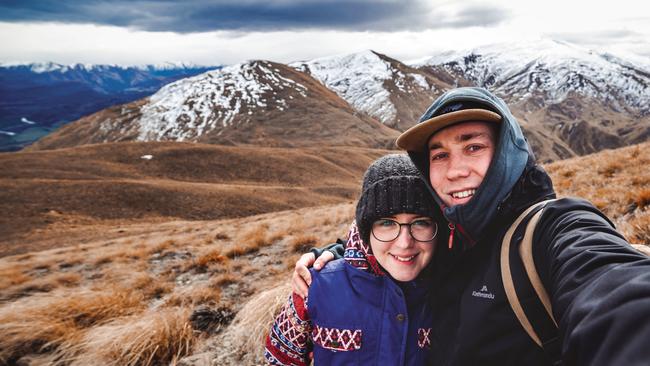
He and Maddy are so dedicated to the cause that, on nights when space and weather websites predict an aurora is likely, they have a sleep roster in place, setting their mobile phone alarms to wake them on regular intervals to ensure they don’t miss any aurora action.
“We take hot chocolate with us and set up the camera … it’s really nice,’’ says Seeley, who has photographed between 20 and 30 auroras since he started chasing them several years ago.
“I think they’re amazing because they’re so unique – every one has different colours, patterns and brightness.
“Seeing things like this with your own eyes really makes it worth it. At this point I don’t think I could stop chasing auroras.’’
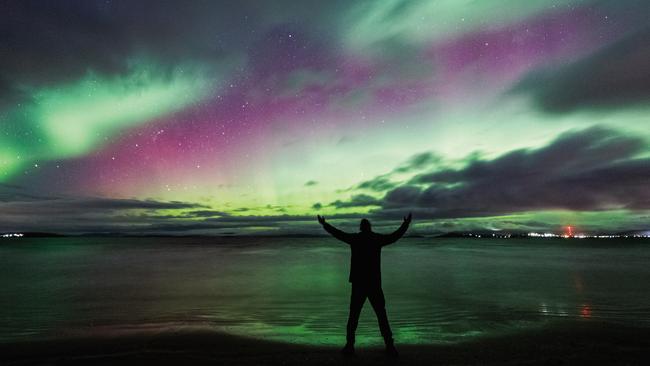
Seeley is typical of many of those who follow the Aurora Australis Tasmania Facebook page (which has amassed more than 85,000 followers since it began in 2013) and the Aurora Australis Tasmania Alert NOW page which has 35,000 members and offers real-time advice for people wanting to find the aurora australis (also known as the southern lights).
Auroras are a natural electrical phenomenon, characterised by colourful lights in the sky, which are caused by the interaction of charged particles from the sun with atoms in the upper atmosphere.
Auroras are concentrated around the north and south poles, with auroras in the northern hemisphere known as aurora borealis (or northern lights).
Some people are able to detect the faint glow of a particularly bright aurora with the naked eye, but most aurora enthusiasts rely on cameras with slow shutter speeds to help capture the true vibrancy of the colours dancing in the night sky.
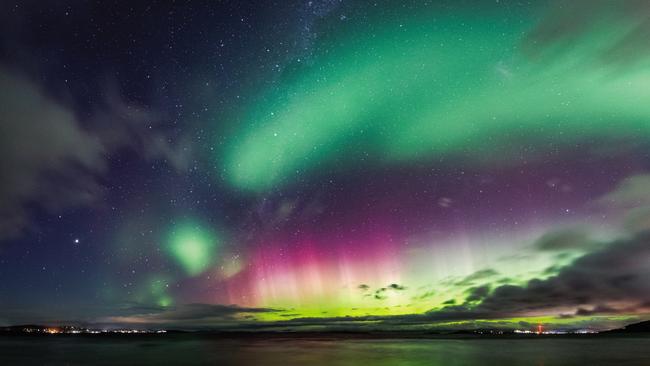
The Facebook group was started by Margaret Sonnemann who has spent more than 20 years in awe of auroras and published the Aurora Chaser’s Handbook in 2013.
“I saw my first aurora in 1997 and I was just hooked,” she says. “It was completely an accident. I’d heard about them and I just happened to be driving south on the Midland Highway and I noticed something really interesting happening in the sky.’’
So she set about learning more about the phenomenon. But she found auroras hard to track.
“I kept missing them,’’ Sonnemann explains.
“I would hear after the fact that one had occurred. And I thought surely there was a way of being notified when one occurred.”
She realised social media was the perfect platform for sharing and started a Facebook page.
But she never imagined it would grow so quickly.
“Initially about 100 really keen people came on board,’’ Sonnemann recalls.
“And it just kind of blossomed from there.’’
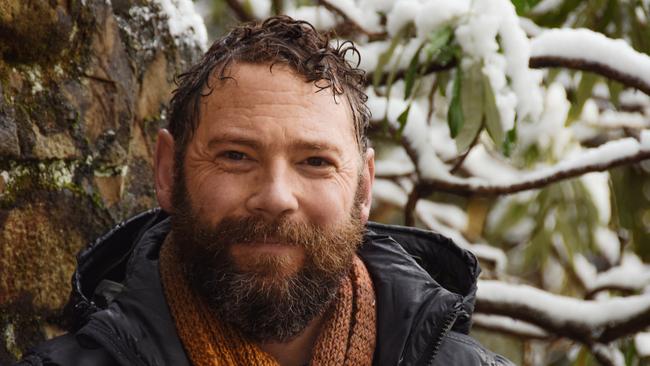
Marriage celebrant and amateur photographer Tim Grimsey saw his first aurora at South Arm Beach in 2017 and says he was “spellbound”.
The experience inspired him to learn about night photography, with his time-lapse photography since attracting global attention when America news agencies showcased his work.
“I was not a photographer before the aurora and once I photographed my first aurora I decided to take it a bit more seriously,’’ the 42-year-old from Lutana explains.
“I just got addicted. I’m a South Australia boy so I had no idea coming to Tasmania that you could actually see the aurora.’’
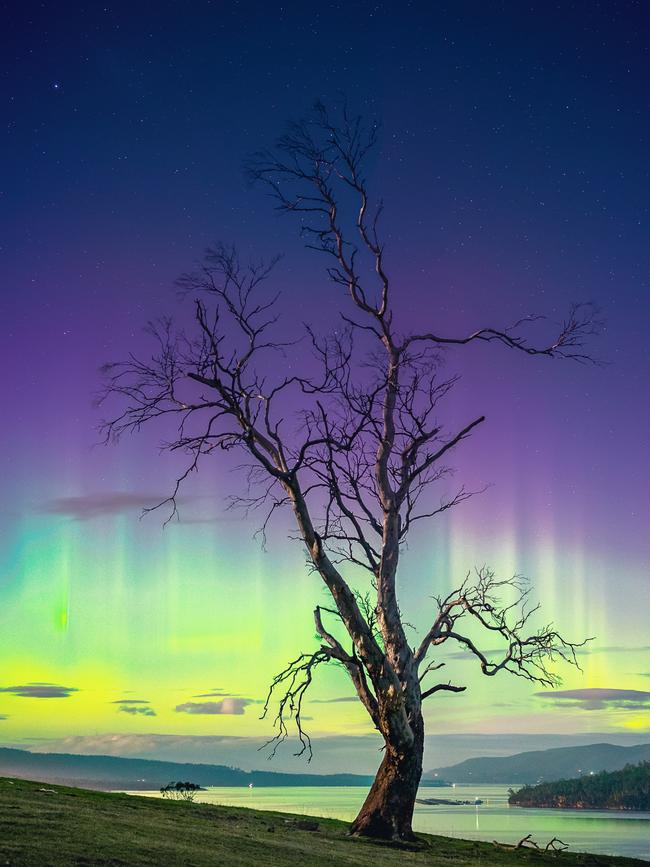
He goes looking for auroras about twice a month and prefers winter when it gets dark earlier.
“I never get up for it, I only stay up late,’’ he says.
“In winter it’s wonderful, you can go straight from work at 5pm and it’s dark enough at 6pm. Whereas in summer you need to stay up until 11pm.’’
He’s never witnesses the colour of an aurora with the naked eye but he does see a grey or whitish glow on the horizon and beams of light “dancing across the sky” which is “mesmerising’’.
“Because the camera’s eye can stay open for much longer – five, 10 or 15 seconds – it can actually capture all the colour that is actually there,’’ Grimsey says.
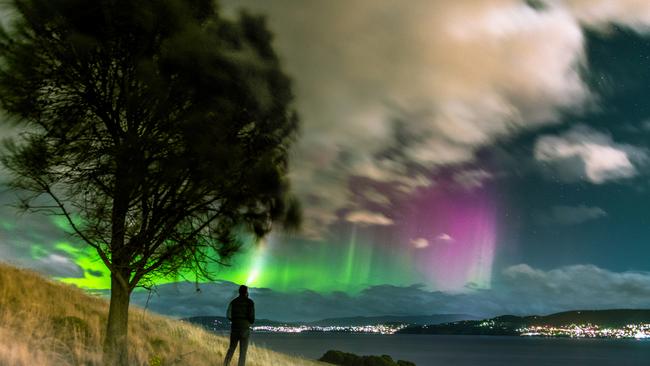
“The camera brings out amazing greens, reds, yellows – it’s all there and we can take it home and keep it, it’s wonderful. Very little editing is actually required to get the great images you’re seeing if you’ve set your camera up well with a long shutter speed, a fast aperture and a good steady tripod. You can get brilliant images with a very entry level camera and a cheapo lens and no editing software.’’
“I absolutely love it,’’ he adds.
“It’s a great way to spend an evening out under the stars.’’
“If it’s a good night, I’ll quite often be bouncing around with excitement, watching the sky. Because it really is something which is mesmerising and good for the soul. You’re definitely not standing there, you’re whooping and cheering and have a cute smile on your face.
There are now 10 administrators helping to manage the page, and up to 100 new people request to join the page each day.
Many are locals who hope to see an aurora, others are amateur photographers wanting tips for capturing one, some are interested in the science behind auroras while others are tourists wanting some advice on where to find an aurora when they visit Hobart.
Others just join the group to admire the pretty pictures that are shared.
Sonnemann says it’s common for people to be so wowed by their first aurora that they become addicted to the thrill of the chase. And chatting to other enthusiasts in the darkness while patiently waiting for an aurora to occur was also part of the fun.
“It is such an amazing experience … all the energy and the movement … seeing them in photographs doesn’t do them justice,’’ says the 66-year-old artist from the Huon Valley.
“The sense on camaraderie you get from that kind of experience is really amazing.
“There’s usually a lot of screaming.
“If there’s a big aurora people tend to scream. And jump up and down. It’s just the unexpected nature of it all – no matter what the predictions say you never know what will happen.”
She says southern Tasmania is the perfect place to view the Aurora Australis as it doesn’t take much effort to find a south-facing location away from the city lights. Howden, Kingston Beach and Mt Nelson are popular aurora spots not far from the city.
Many people can see them from their own backyards, they just don’t know it,’’ Sonnemann says.


